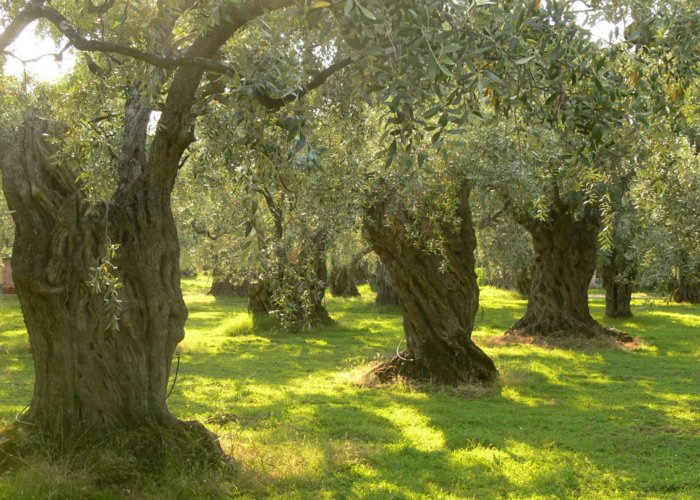PDO Terre di Siena extra virgin olive oil



An oil particularly appreciated for its fruity flavor
The cultivation of olive trees, which includes the territory of numerous municipalities in the province of Siena, goes back a very long time. Olive trees can be seen depicted in works of art from the Late Medieval period and many writers from this period also document the presence of olive groves on the Sienese hills.
The importance of olive oil production in the territory of Siena was also documented by men of culture, such as Repetti, who, in 1835, was appointed by the Grand Duke of Tuscany to provide economic/historical news of the Grand Duchy, underlining how much the oil activity in the territories of Siena's municipalities was important, both for farmers' economy and for tradition.
Processing stages
This oil must be produced exclusively from healthy olives which have to be harvested before December 31st each year, eventually kept in well-aired rooms for no more than three days after the harvest and must be pressed and turned into oil within 24 hours of being delivered to the oil mills.
This oil must be produced exclusively from healthy olives which have to be harvested before December 31st each year, eventually kept in well-aired rooms for no more than three days after the harvest and must be pressed and turned into oil within 24 hours of being delivered to the oil mills.
Characteristics
Terre di Siena oil is produced with different varieties of olives: Frantoio, Correggiolo, Moraiolo and Leccino.
The indistinguishable traits are the color ranging from green to yellow with color variations over time, the fruity scent and the flavor that has notes of bitterness and spiciness.
Terre di Siena oil is produced with different varieties of olives: Frantoio, Correggiolo, Moraiolo and Leccino.
The indistinguishable traits are the color ranging from green to yellow with color variations over time, the fruity scent and the flavor that has notes of bitterness and spiciness.
Food and wine
In cooking, it is good, raw, to season salads and typical Tuscan soups made with legumes (bean soup), on ribollita, the traditional panzanella, in pinzimonio or on top of bruschetta; it is also recommended for roasting, stewing as well as frying.
In cooking, it is good, raw, to season salads and typical Tuscan soups made with legumes (bean soup), on ribollita, the traditional panzanella, in pinzimonio or on top of bruschetta; it is also recommended for roasting, stewing as well as frying.



